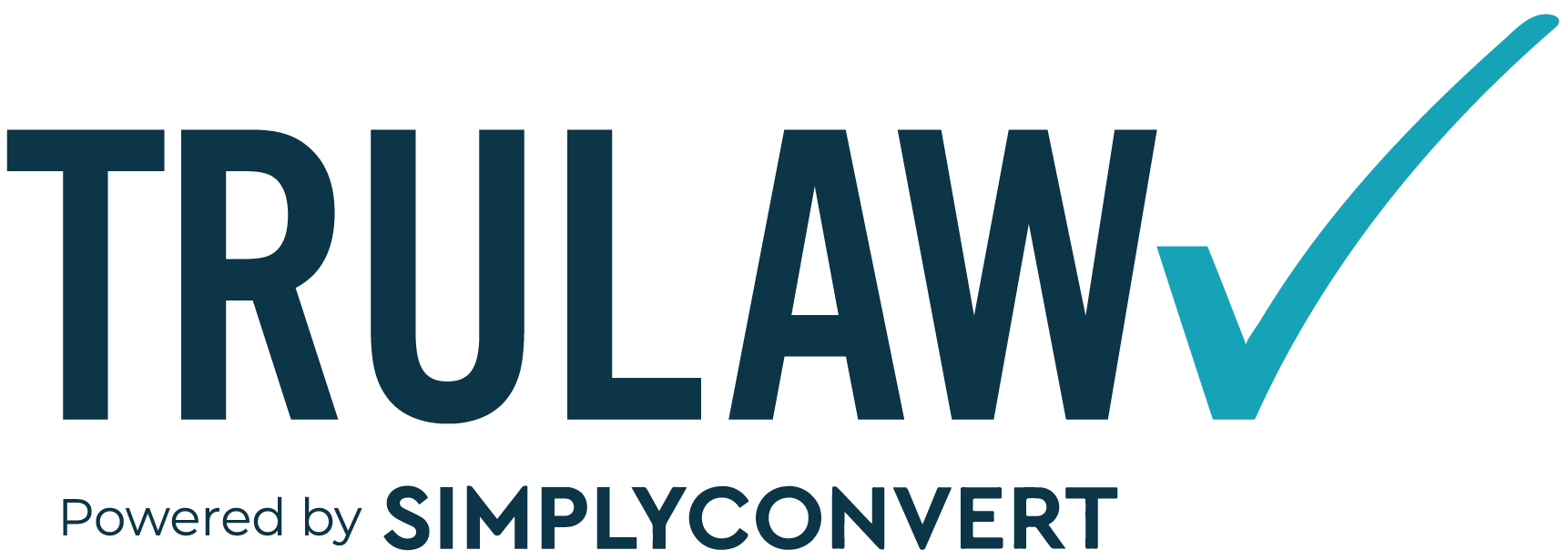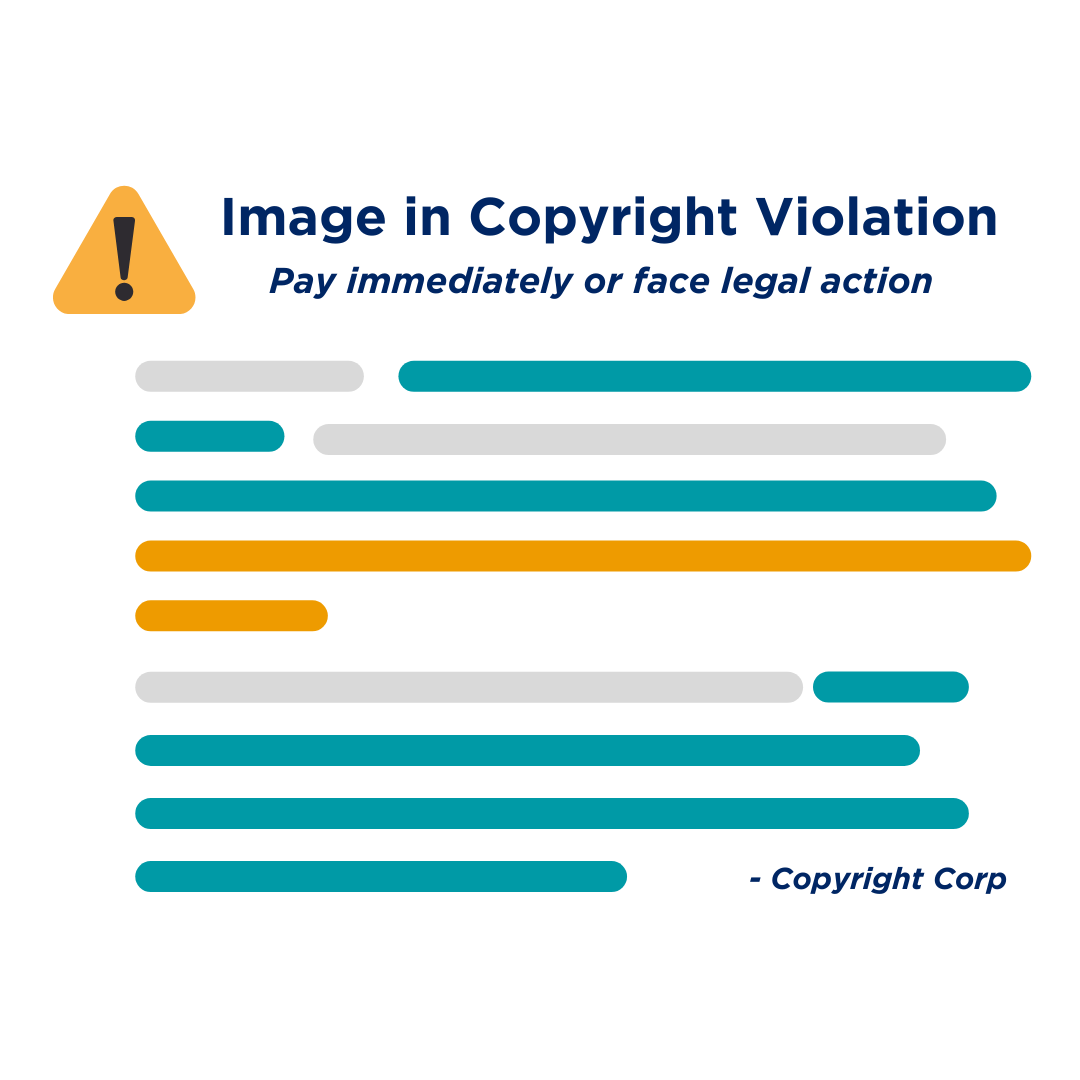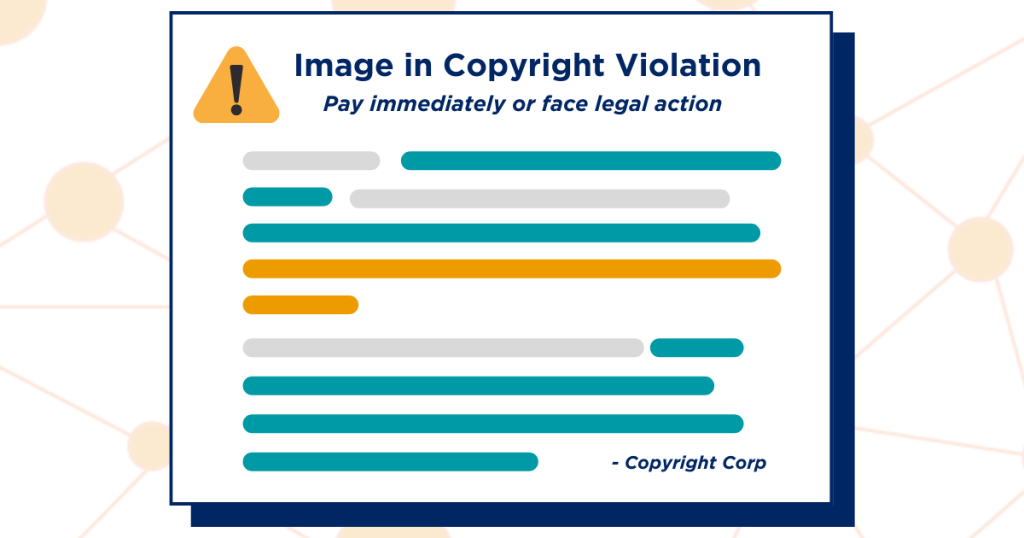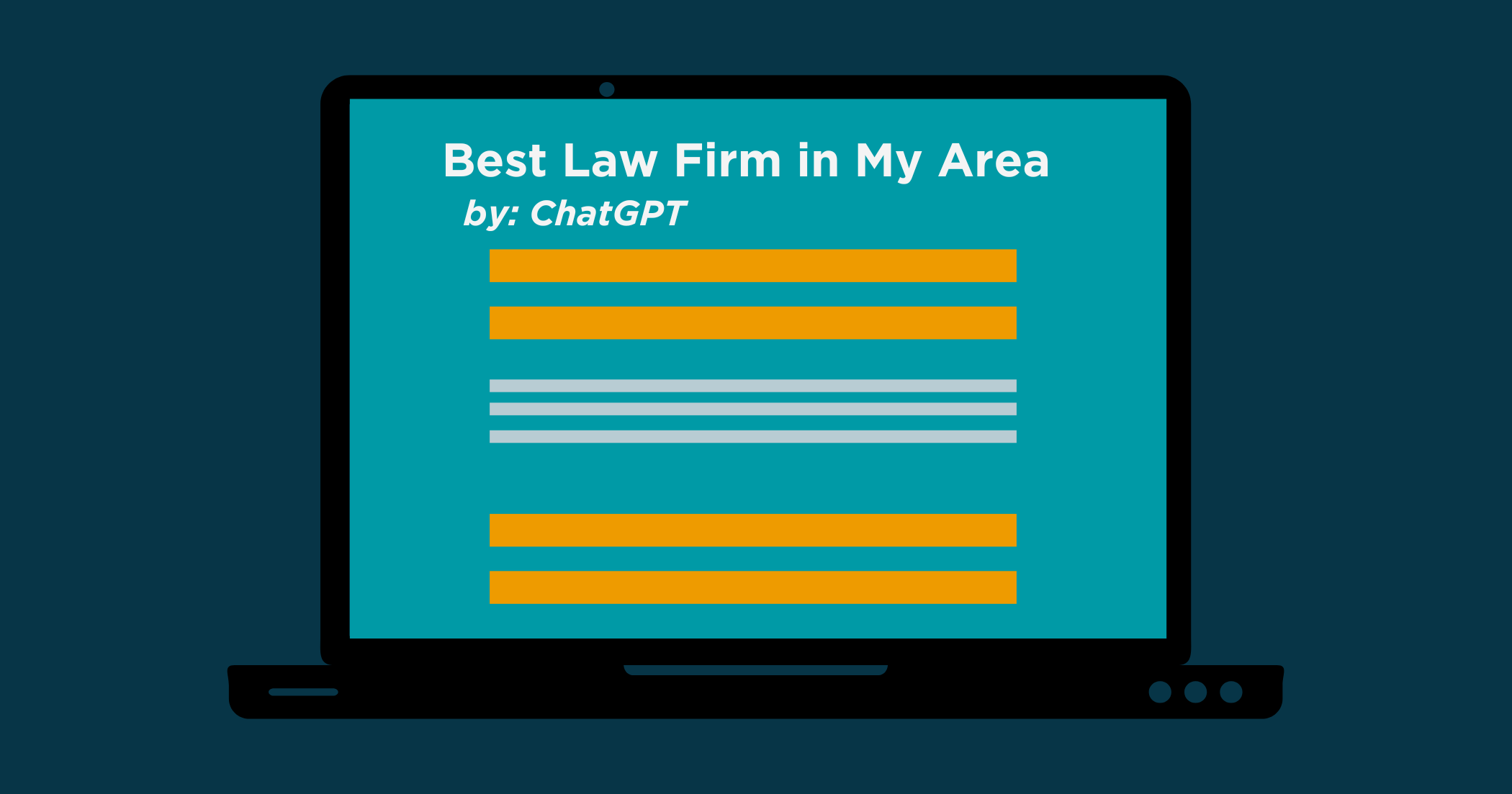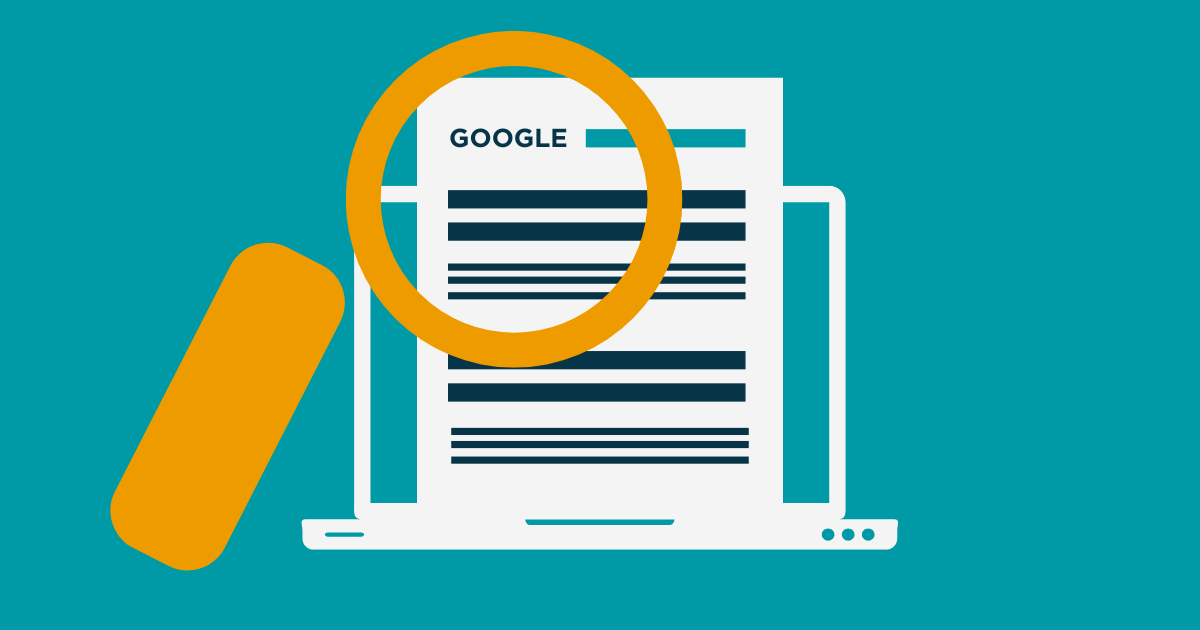Receiving a copyright claim can feel overwhelming, especially when the demand letter threatens legal action or hefty fines.
While these claims can be legitimate, some are part of a larger scam targeting businesses like personal injury law firms.
It’s important to remain calm and approach the situation methodically.
By following a series of key steps, you can assess the legitimacy of the claim, protect your firm’s interests, and address the issue without unnecessary financial or reputational harm.
In the following sections, we’ll walk through how to verify claims, respond appropriately, and seek professional guidance when needed.
Verify the Claim’s Legitimacy
Before taking any action, the first step is to verify whether the copyright claim against your firm is legitimate.
Scammers rely on intimidation and confusion, hoping you’ll pay without scrutinizing their accusations.
To protect your firm, take the time to assess the details of the claim carefully.
Start by examining the demand letter.
Look for specifics, such as the image in question, the alleged date of infringement, and evidence of the claimant’s copyright ownership.
Legitimate claims typically include detailed documentation proving their rights, while fraudulent claims often lack this level of detail or rely on vague accusations.
Next, research the individual or entity making the claim.
Scammers often use generic-sounding business names or fake credentials to appear credible.
Conduct a search online to check for reviews or complaints against the claimant.
If they have a history of sending similar claims, it’s a red flag.
If the image was sourced from a royalty-free platform, review your records to confirm licensing agreements.
Many platforms explicitly grant commercial usage rights, which can nullify the claim.
Having clear documentation of your licensing can provide a strong defense if the claim escalates.
Responding to Copyright Demand Letters
An appropriate response can help protect your firm’s reputation and avoid unnecessary costs.
While the initial reaction might be to pay the demanded fee, taking deliberate steps ensures you address the situation effectively.
Here’s how to respond to a copyright demand letter:
- Acknowledge the Letter Without Admitting Liability: Respond briefly to confirm receipt of the letter, but avoid admitting fault or providing unnecessary information.
- Request Proof of Ownership: If the claim appears questionable, ask the claimant for evidence of copyright ownership and a detailed justification for their demand. Legitimate claims should include clear documentation.
- Investigate the Image’s Source: Review where the image was obtained and whether it was sourced from a royalty-free or licensed platform. Check your records for licensing agreements.
- Negotiate if Necessary: If the claim is valid, explore options to resolve the matter, such as negotiating a reduced fee or retroactive licensing for continued use of the image.
- Document All Communications: Keep written records of every interaction with the claimant, including emails and letters. This documentation is critical if the dispute escalates. Do not communicate via phone.
Consulting with an Intellectual Property Attorney
Copyright laws are both outdated and complex, especially when it comes to digital images and online usage.
This makes understanding and managing copyright claims particularly challenging for personal injury law firms.
If there’s any doubt about a claim’s legitimacy, the amount demanded seems excessively high, or you encounter other issues that raise questions, it’s essential to consult an intellectual property attorney.
An intellectual property attorney can help you determine whether the claim is valid, analyze the evidence provided, and advise on how to proceed.
They can also assess whether the requested amount is reasonable or the claimant is overreaching.
